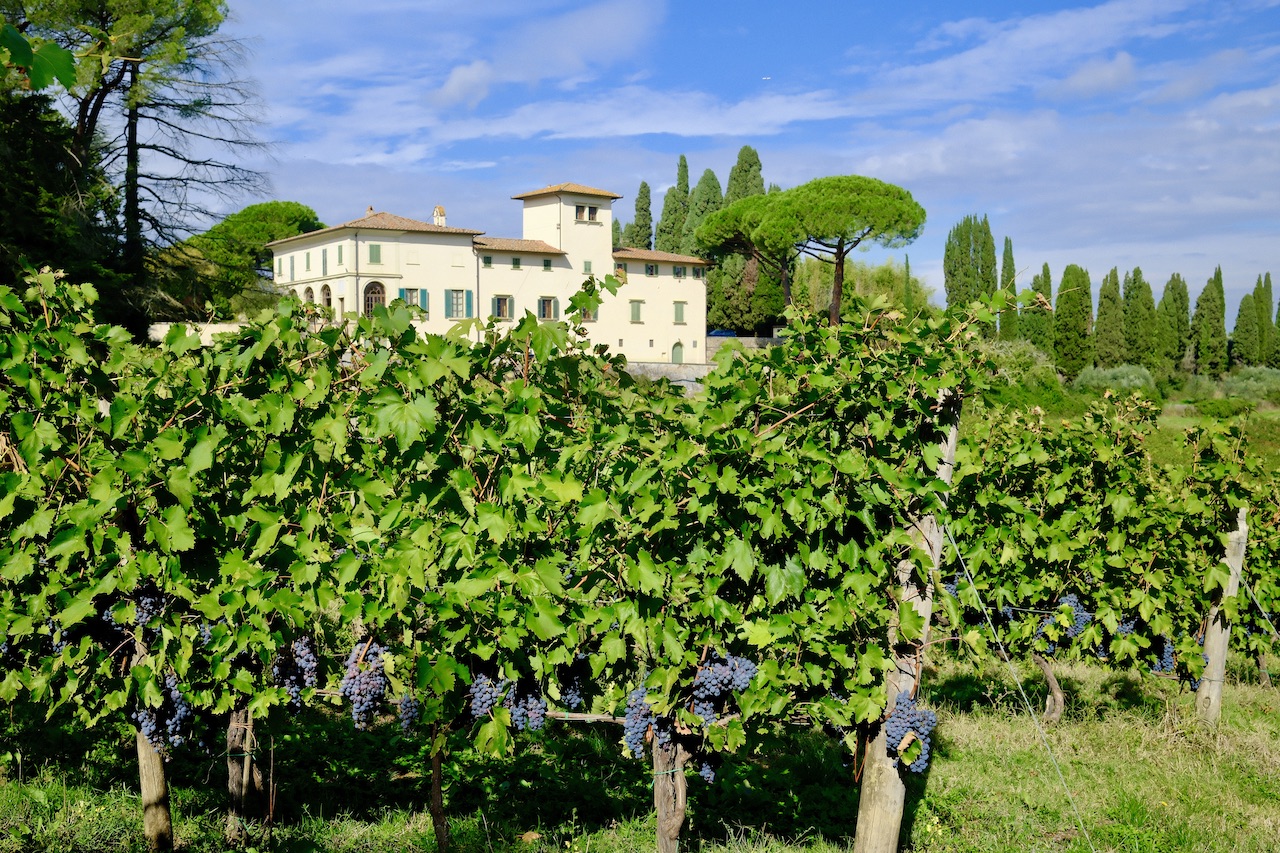Wine Tours in Tuscany - About Angie - +39 3333185705 - angie.chianti@gmail.com
On a wine tour in Tuscany, you’re likely to hear some talk about terroir. It’s probably one of the least understood wine terms. In this post, we’ll help clear up what terroir means and why it’s important in wine.
Terroir definition
Terroir is a French word for “a sense of place.” It comes from the Latin word “terra”, which means land or earth.
Essentially, terroir is about how the environment in a particular place influences the taste and unique character of the wine made there. The idea is that a region’s terroir is so influential, its wine could never be replicated anywhere else.
In Italy, only the locations with the right terroir can produce DOCG wine – – the highest designation for quality.
The traits of terroir
Although wine experts can talk about it for days, there are only four elements to describe a region’s terroir:
Climate:
A warmer climate with less rain, like in Tuscany, tends to produce wines with higher alcohol content, more body and fruitier flavor. This is exactly what you’ll find with many Chianti wines produced from our Sangiovese grapes.
But it isn’t just about the temperature. Rainfall, humidity, wind, frost, and sunlight all play a role in the development of a wine.
Soil:
It may sound strange, but grape vines do best in bad soil. When the soil is poor, the roots push their way deeper to find nourishing minerals.
In Tuscany, and even in the Chianti region alone, there is tremendous variation in the soil from sandy to rocky. These conditions have a clear impact on wine. For example, sandy soils produce complex and delicately fragrant wines, while clay-based soil usually produces bolder, more structured wines. It’s no surprise that soil with clay and limestone properties is typical in the Chianti Classico area.
Terrain:
Elevation and slope of the land will also influence the grapes. Sangiovese grapes thrive on the sunny hillsides in Chianti. Rain washes away the nutrients on the surface, causing the vines to dig deep for the minerals to develop rich fruit. Other plants around the vineyards can also affect the growing conditions.
Tradition:
Wine experts debate whether traditional winemaking techniques in a region are part of the terroir. While they are not direct environmental factors, techniques such as pruning, or the use of oak barrels can enhance the terroir so that it can be best presented in your glass.
Taste the terroir in Chianti
It’s easy to see how various combinations of these environmental factors have resulted in eight distinctive Chianti sub-zones, each with its own unique flavors. Join us and taste the differences on our most popular Florence wine tour.





